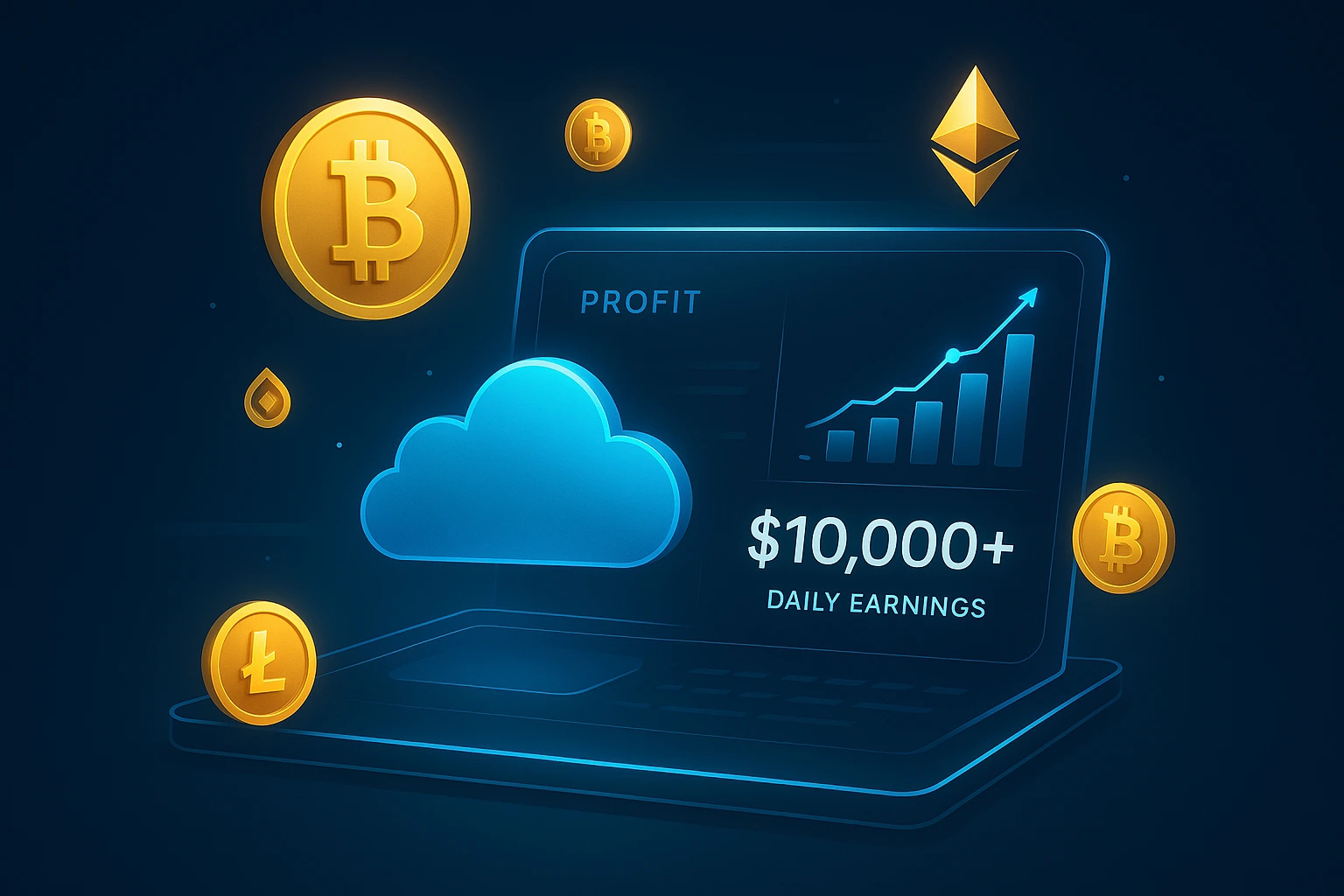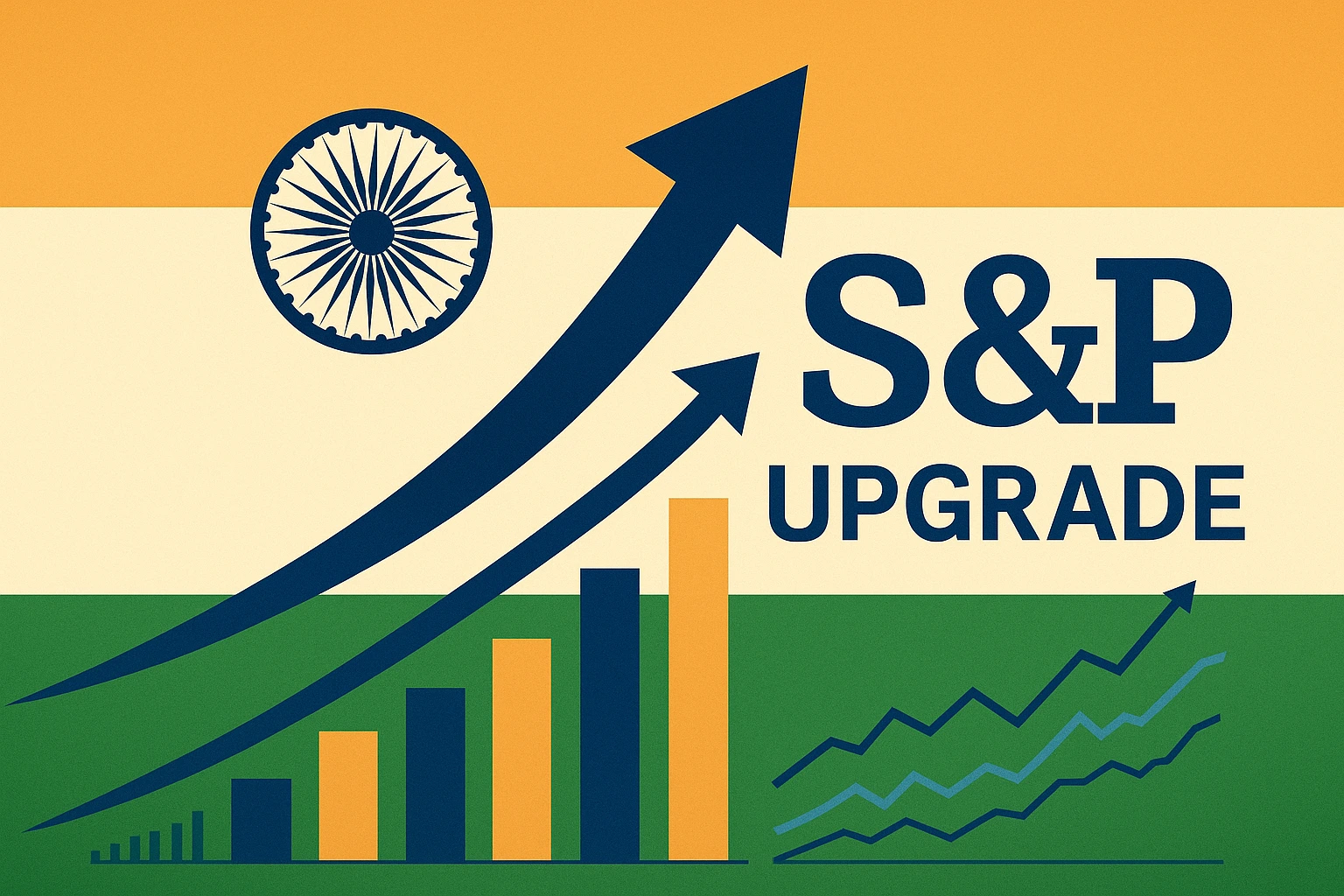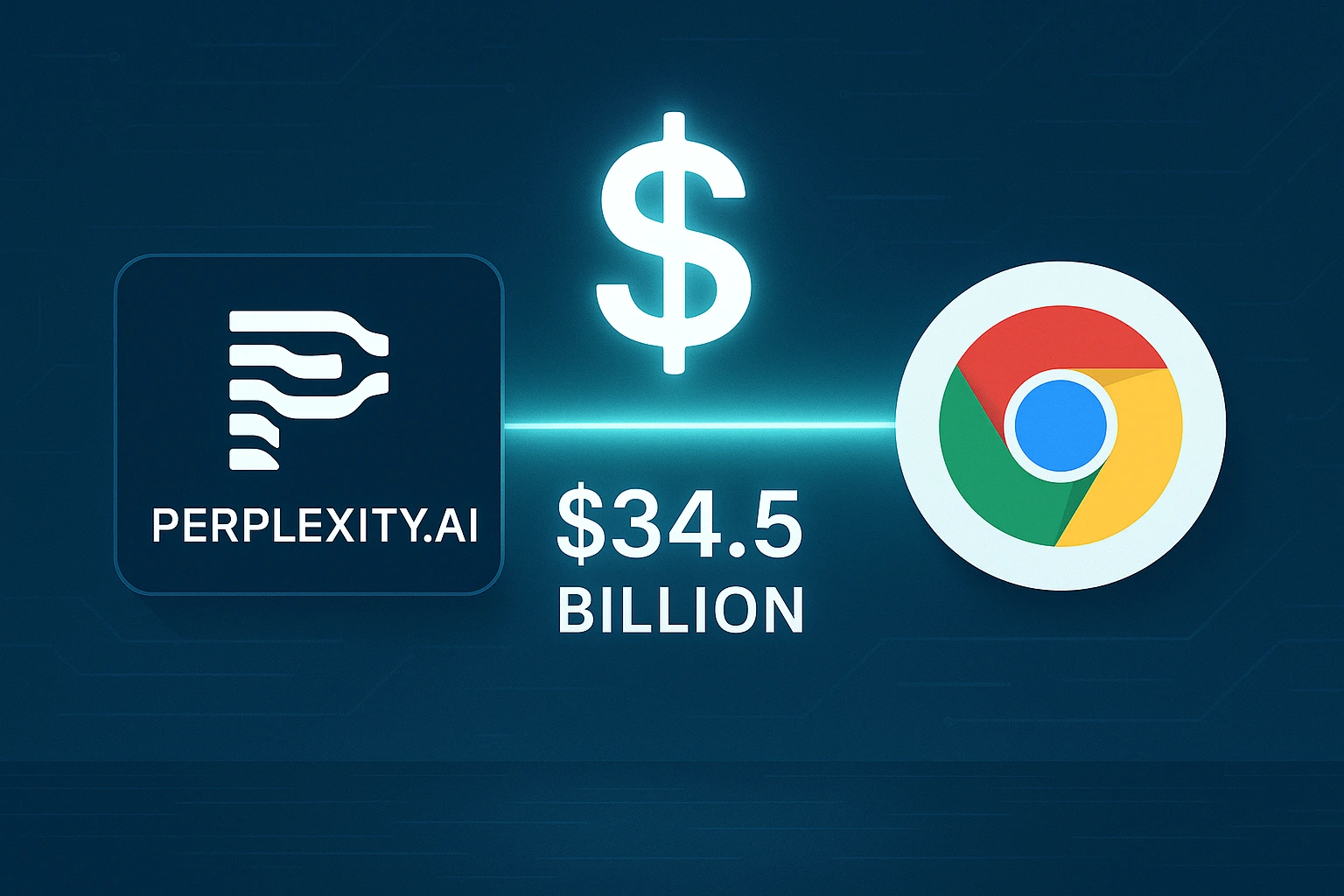Table of Contents
Introduction: The Gen Z Credit Card Revolution
In 2025, one of the most fascinating shifts in consumer finance is being driven by Gen Z — the generation born between the mid-1990s and early 2010s. As this digitally native, socially conscious, and financially aware group enters adulthood, they’re rewriting the rules of credit card usage. Unlike previous generations who viewed credit cards as mere tools for emergency funds or big-ticket purchases, Gen Z sees credit cards as part of a larger lifestyle and financial strategy.
From leveraging fintech tools to emphasizing sustainability and convenience, Gen Z is not just using credit cards — they’re redefining how, why, and when they use them. Let’s explore how it’s reshaping the credit card landscape in 2025 and what it means for banks, fintech companies, and the future of personal finance.

Top Features Gen Z Looks for in Credit Cards in 2025
Gen Z doesn’t just choose any credit cards, they choose cards that align with their values, needs, and tech-savvy lifestyles. Here are the key features GenZ actively looks for:
- Instant digital onboarding: Gen Z expects a seamless application process through apps or websites, often without the need for physical paperwork or long waits.
- No hidden fees: Transparency is crucial. Cards with no annual fee, no foreign transaction fees, and minimal late payment charges are top priorities.
- Reward flexibility: Prefers customizable rewards — whether it’s cashback on dining and streaming, or points that can be converted to crypto or travel miles.
- Mobile-first management: If a credit card doesn’t come with a feature-rich app that allows spending tracking, budget alerts, and instant freeze/unfreeze options.
- Buy Now Pay Later (BNPL) integration: Flexibility in payments matters. Cards that offer easy EMI conversion or partner with BNPL services attract Gen Z users.
In essence, demanding innovation and personalization from credit card providers — and those who fail to adapt risk becoming irrelevant

By Now, Pay Later vs. Credit Cards: What Gen Z Prefers
BNPL services like Klarna, Affirm, and After pay have exploded in popularity, and Gen Z is the driving force behind that trend. But where do that leave traditional credit cards?
Interestingly, doesn’t necessarily choose one over the other. Instead, they blend both tools based on the situation. For small, interest-free purchases — think fashion, tech gadgets, or subscriptions — BNPL is often preferred. It provides a sense of control without the fear of racking up interest.
However, for building credit history, earning travel rewards, or managing recurring bills, still leans on credit cards. In 2025, many credit cards now offer BNPL-style payment flexibility built-in — giving Gen Z the best of both worlds.
Credit cards have retained their relevance by mimicking what made BNPL attractive: easy installment payments, transparent costs, and intuitive mobile apps. For it’s not an either/or scenario — it’s about smart, situational usage.
The Rise of Eco-Friendly and Ethical Credit Cards
Sustainability is more than a buzzword for Gen Z — it’s a core value. And that extends into how they choose their financial products. In 2025, eco-friendly and ethical credit cards are gaining popularity among Gen Z users who want their spending to reflect their beliefs.
These cards stand out by offering:
- Sustainable materials: Many Gen Z users are opting for credit cards made from recycled plastic or biodegradable materials.
- Carbon offset rewards: Some cards reward spending by planting trees or investing in green energy projects.
- Ethical banking partnerships: Cards issued by institutions that avoid fossil fuel investments or unethical lending practices.
For Gen Z, financial decisions are moral choices. They don’t just ask, “What’s in it for me?” — they ask, “What impact does this have?” That mindset is pushing credit card companies to innovate in ways that previous generations never demanded.

Gen Z’s Attitude Toward Credit Scores and Debt Management
One of the biggest surprises for financial analysts is how financially cautious Gen Z has become. Despite being digital spenders, deep awareness of credit scores, debt traps, and long-term financial health.
Here’s what sets them apart:
- Credit score literacy: Thanks to financial influences on TikTok and YouTube, Gen Z is more educated about the importance of credit scores than millennials were at the same age.
- App-based monitoring: Constantly tracks their credit scores and spending habits using apps like Credit Karma or their bank’s mobile tools.
- Avoiding high interest: Carrying a balance is a no-go. Most users aim to pay off their cards in full monthly to avoid interest charges.
- Strategic usage: Many use their credit cards purely for building credit — keeping utilization low and setting up autopay to avoid late fees.
This cautious, informed approach is creating a generation of responsible credit users — a sharp contrast to the debt-heavy behavior often associated with younger consumers.

How Credit Card Companies Are Adapting to Gen Z Trends
Credit card issuers are not blind to the Gen Z effect. In 2025, companies are radically reshaping their offerings and marketing strategies to win over this crucial demographic.
Here’s how:
- Gen Z-centric branding: More companies are using inclusive, diverse advertising that reflects Gen Z’s values and personalities.
- Gamification: Some credit cards now come with “spending challenges” or milestone rewards, turning budgeting into a game.
- Fintech partnerships: Credit card companies are integrating with budgeting apps, offering crypto rewards, and even NFTs to appeal to Gen Z’s digital instincts.
- Faster customer service: With Gen Z expecting instant responses, chatbots and 24/7 support have become standard.
- Education-focused tools: Many cards now come with built-in financial literacy tips, goal-setting features, and expense insights designed specifically for first-time users.
By evolving their approach, credit card companies are ensuring they remain relevant and attractive to Gen Z — the generation that values both innovation and responsibility.

Conclusion: What the Future Holds for Gen Z and Credit Cards
GenZ is not just another generation of consumers — they’re the pioneers of a new financial era. Their preferences are clear: technology, transparency, flexibility, and ethical responsibility. As we look further into 2025 and beyond, it’s evident that Gen Z will continue to reshape the financial services industry, especially credit card usage.
Companies that understand GenZ — their digital-first mindset, cautious financial behavior, and social values — will thrive. Those that cling to outdated models will be left behind. Whether it’s embracing eco-conscious designs, offering crypto cashbacks, or integrating AI-powered budgeting tools, the future







